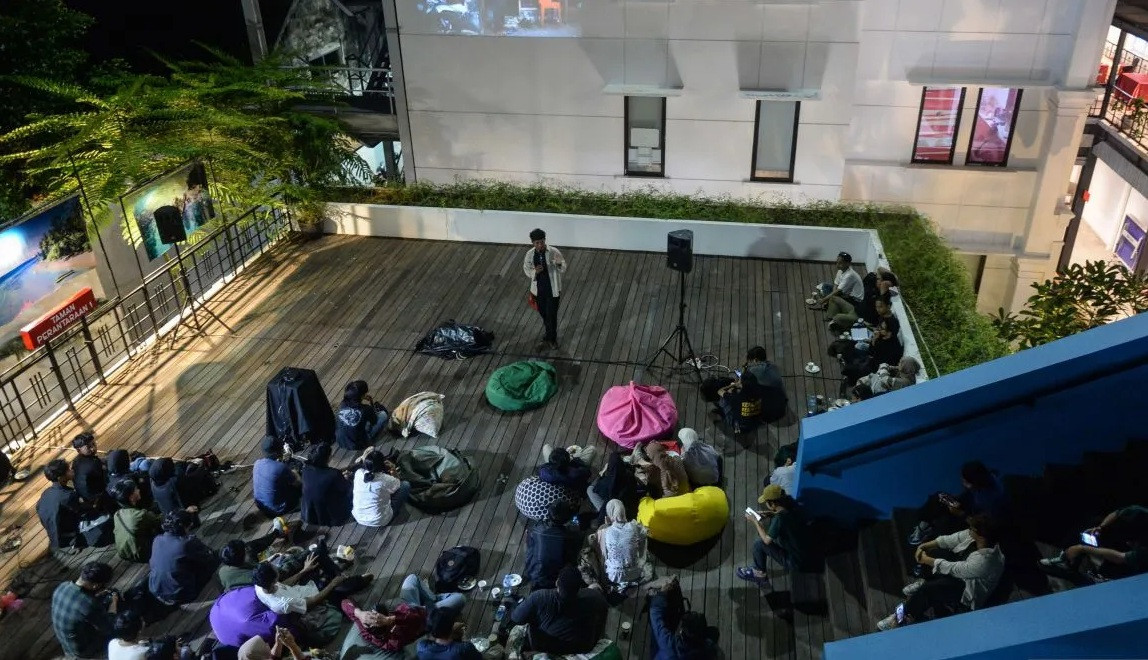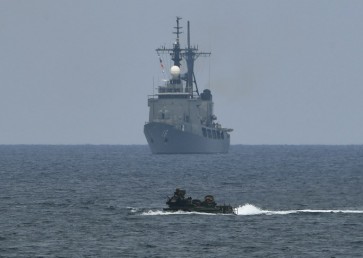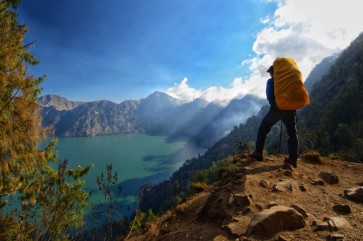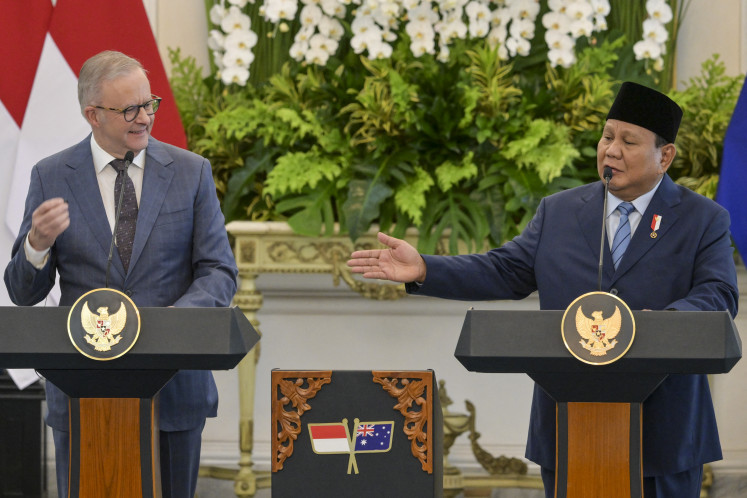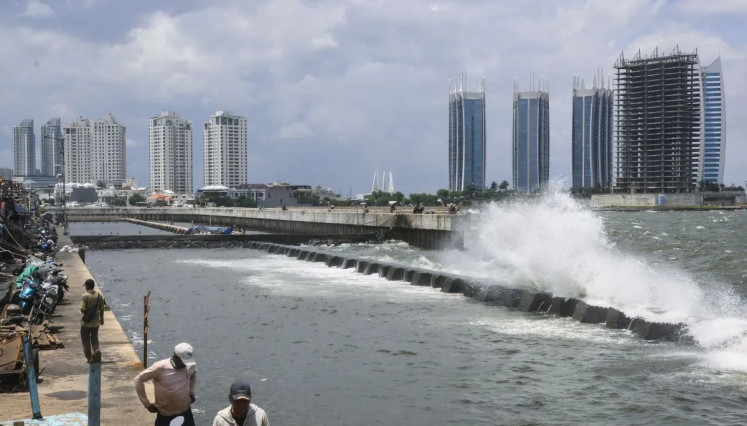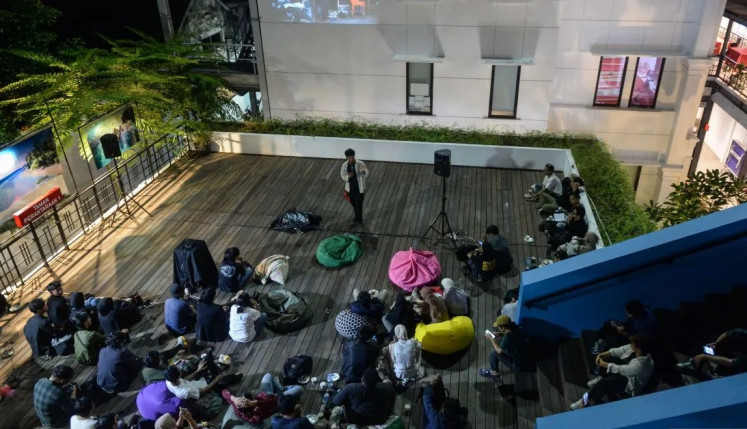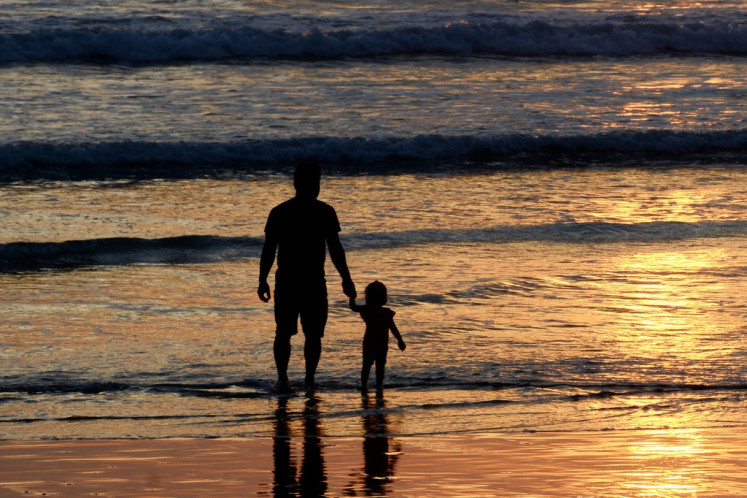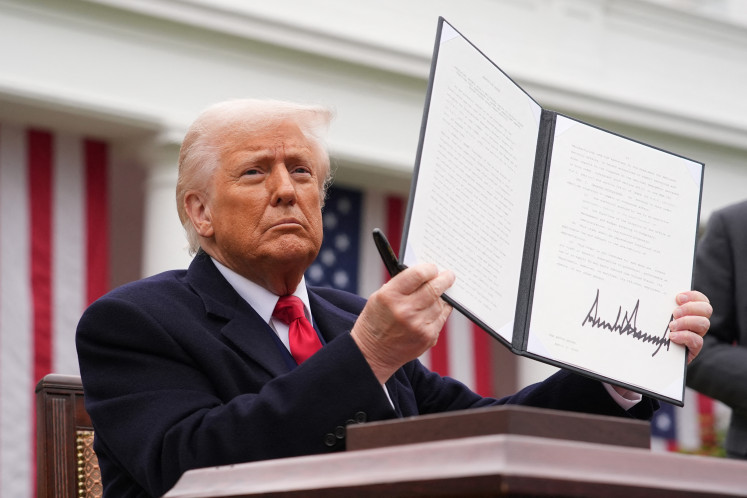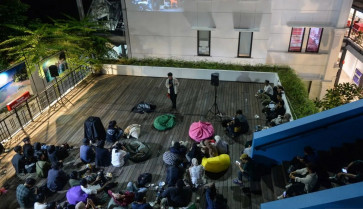Popular Reads
Top Results
Can't find what you're looking for?
View all search resultsPopular Reads
Top Results
Can't find what you're looking for?
View all search resultsFreedom of panorama: How to keep public spaces truly public
In today's digital world, copyright can be unknowingly infringed through user generated content featuring protected works.
Change text size
Gift Premium Articles
to Anyone
H
umans have continued to depict what they see for hundreds of years in various media such as statues, carvings, sculptures, paintings and cinema.
With the advancement of digital camera technology, billions of people today can effortlessly take photos and videos to record the things around them every day. For instance, among the 7 million tourists who visit the Eiffel Tower each year, the majority of tourists would undoubtedly photograph the architectural work that has become the icon of Paris.
Nevertheless, many people are unaware that architectural works, including their reproduction in the form of photographs, are protected by copyright. This also applies to other creations found in public spaces.
The implication is that the creator or copyright holder has moral and economic rights over fixations that feature their works, for example: To have their name mentioned, to receive compensation or to grant permission before their work is used. In practice, this is where the concept known as “freedom of panorama” comes in.
Under this concept, a person may take photos or create drawings/paintings of architectural works or other artworks in public spaces as long as it does not harm the creator’s interests, which is usually limited to non-commercial use. Yet, the application of this concept proves increasingly complex in today’s modern landscape, as will be explored in the following discussion.
First introduced in Germany in the 19th century, the doctrine has since been adopted in countries like France and the Netherlands, albeit with varying degrees of restriction. Some jurisdictions limit it to non-commercial use, while others permit commercial applications.
The Berne Convention allows each country flexibility as long as it doesn’t harm creators’ legitimate interests. France and Bulgaria permit non-commercial reproduction of public artworks, while Poland and the Netherlands allow commercial uses under certain conditions. Denmark however, restricts such freedom to buildings only.

